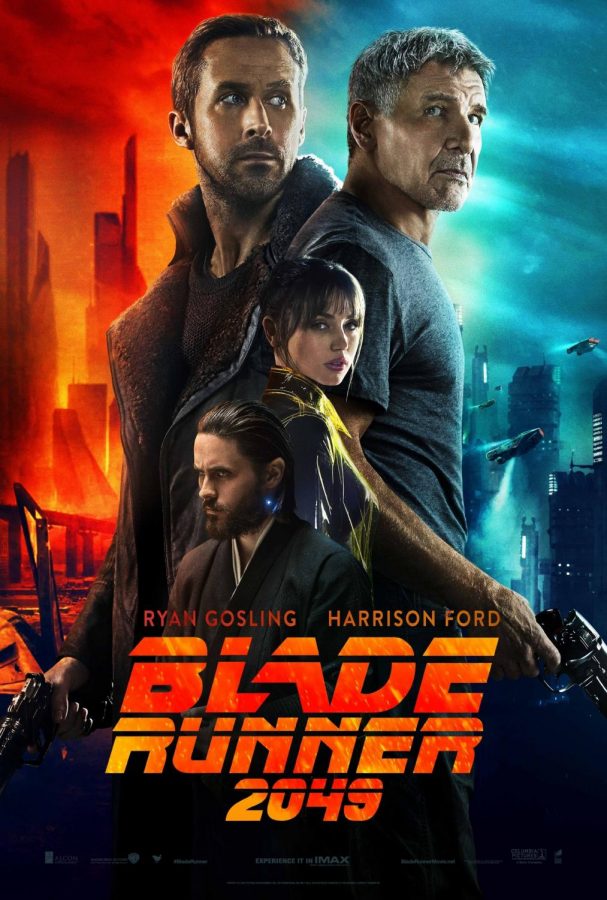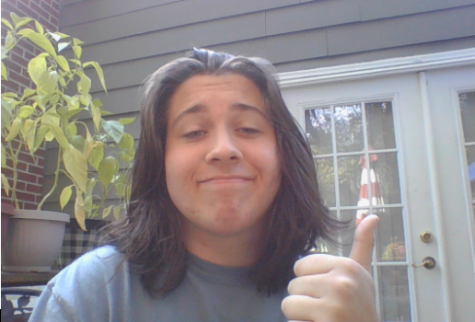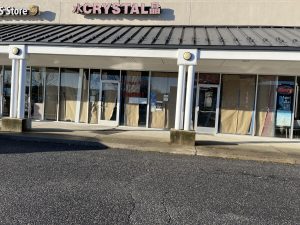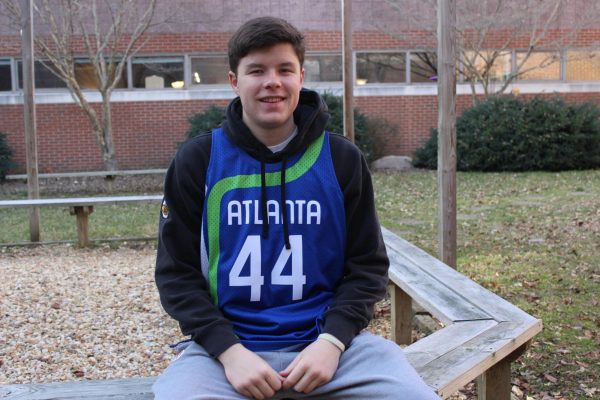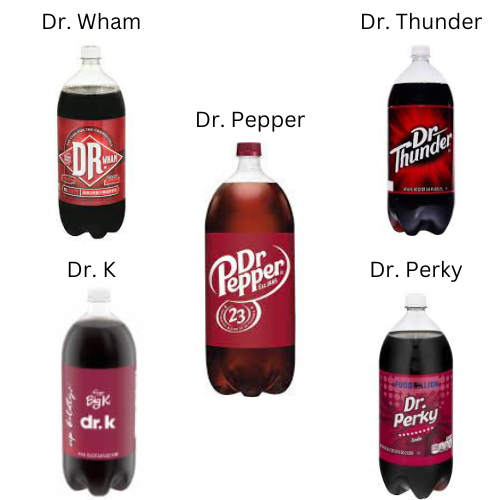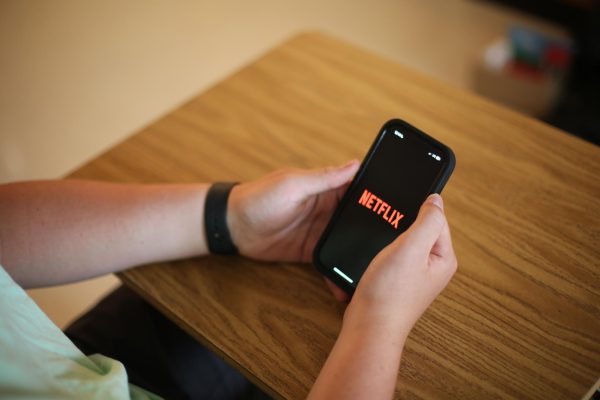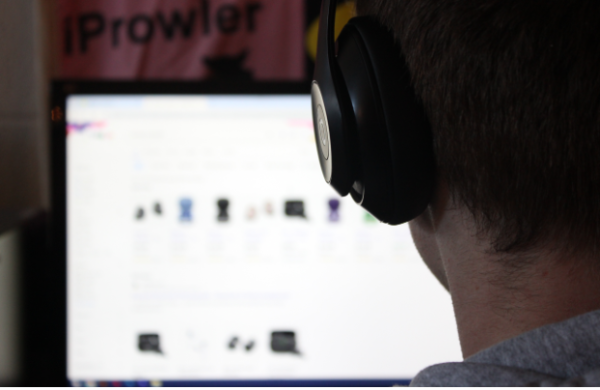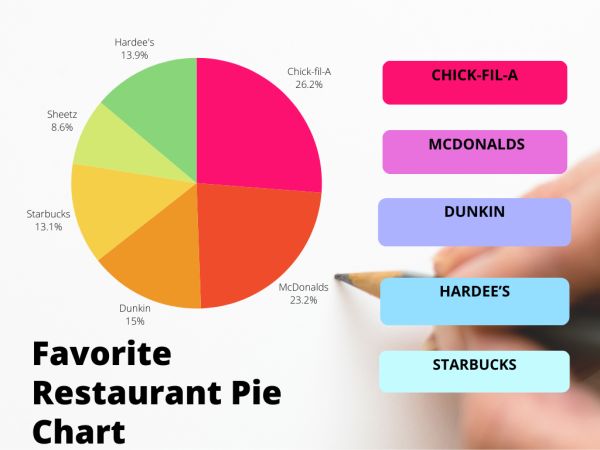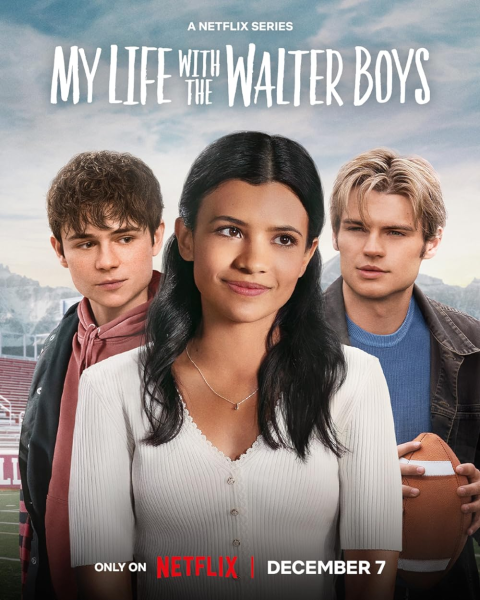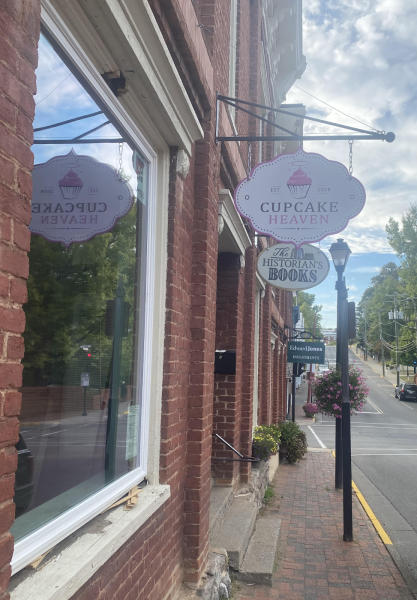Blade Runner 2049 Review
October 27, 2020
“Blade Runner 2049,” released in 2017, is a sequel to Ridley Scott’s cult sci-fi classic “Blade Runner,” which was released in 1982. The film takes place 30 years after the original, in the year 2049. “Blade Runner 2049” is directed by Denis Villeneuve, known for “Sicario” and “Arrival.” The film stars Ryan Gosling, Harrison Ford, and Ana de Armas.
The official synopsis for the film states: “Officer K (Ryan Gosling), a new blade runner for the Los Angeles Police Department, unearths a long-buried secret that has the potential to plunge what’s left of society into chaos. His discovery leads him on a quest to find Rick Deckard (Harrison Ford), a former blade runner who’s been missing for 30 years.”
“Blade Runner 2049” plunges the audience into a fully fleshed-out sci-fi world with interesting set pieces and characters. With this in mind, it can be a little difficult to clearly explain certain aspects of the film. I will try and do my best. Ryan Gosling plays Officer K, who is a new blade runner. A blade runner is a type of future police officer that is tasked with killing, or “retiring,” replicants, which are bioengineered humans. In the original 1982 film, Harrison Ford played Rick Deckard, also a blade runner, who was tasked with hunting down a rogue group of replicants. “Blade Runner” concludes quite open-endedly, which factors into the plot of this film. In the thirty-year time gap between “Blade Runner 2049” and its predecessor, Rick Deckard has gone missing. In an attempt to spoil the original film as little as possible, I will leave the circumstances of his disappearance intentionally vague. In this new film, Officer K makes many discoveries that lead him to track down Deckard.
“Blade Runner 2049” is one of the best sequels to any movie that has ever been made. Not only does it tie in perfectly with the narrative of the first, but the production design also aligns perfectly with the original. Both films take place in a cyberpunk future, where decay and neon live in harmony with one another. The production design, headed by Dennis Gassner and Alessandra Querzola, is one of my favorite parts of this film. The cyberpunk feel perfectly suits this film’s neo-noir aesthetic. I know that I am throwing out quite a lot of weird terms, but stick with me.
Another amazing part of this film that deserves to be highlighted is the acting. Gosling is amazing as Officer K, as he brings wonderful depth and conflict to his character. Throughout the film, Officer K slowly unravels truths about himself and others, and Gosling perfectly handles the weight of these truths. De Armas plays Joi, a hologram, and K’s love interest. It is very difficult to create an emotional connection to a hologram, yet de Armas pulls it off. She brings excellent emotion to the character, which makes Joi, a stand-out character in the film.
Last, but most definitely not least, is the cinematography. It would almost be a crime not to mention the cinematography of this film. Roger Deakins, one of the best cinematographers of all time, helms this film. He is known for other amazing films such as “The Big Lebowski,” “Skyfall,” and “1917.” Deakins’s usage of lighting and color is what separates this film from any other. Inspired by real-world references such as Beijing and Spain, Deacons creates a mood that perfectly encapsulates the story of this film.
“Blade Runner 2049” is a fantastic film thanks to its characters, set pieces, and story. Although it came out three years ago now, I believe it deserves a watch – after, of course, you have seen the original.

